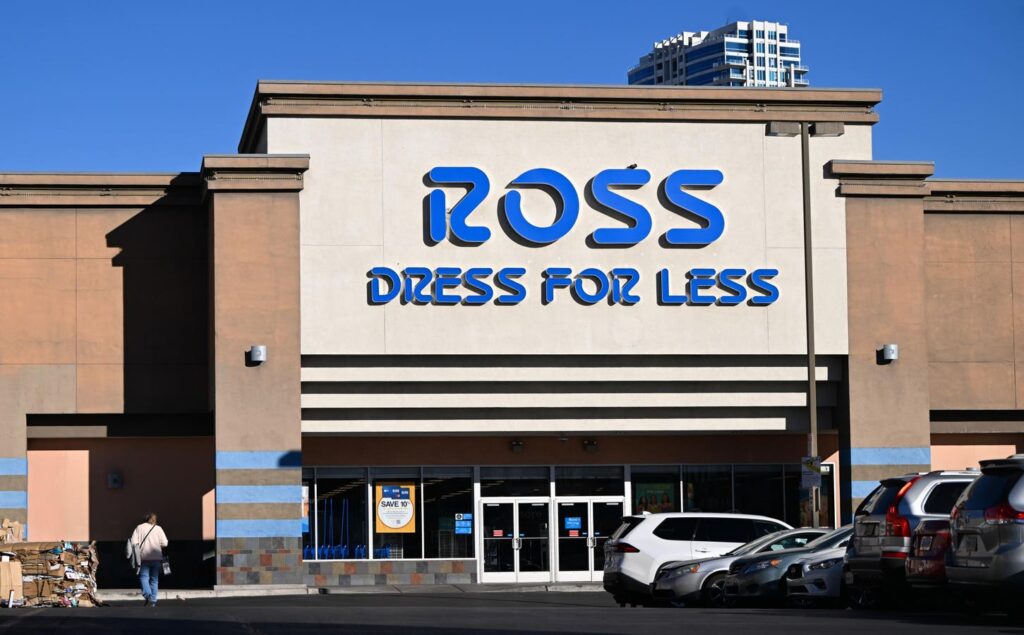Ross Stores (NASDAQ: ROST) is set to announce its fiscal first-quarter earnings on Thursday, May 22, 2025, with analysts forecasting earnings of $1.43 per share and $4.96 billion in revenue. This would indicate a 3% decrease in earnings year-over-year and a 2% increase in sales compared to last year’s figures of $1.47 per share and $4.86 billion in revenue. Historically, ROST stock has risen 50% of the time after earnings announcements, with a median one-day gain of 3.6% and a maximum observed increase of 10%.
Ross Stores, a pioneer in off-price retail, leverages surplus inventory to provide significant brand discounts. Recently, it expanded its number of stores, aiming at value-focused shoppers while enhancing operations. Its “packaway” approach facilitates prompt inventory deployment, enhancing its competitive pricing. For this fiscal year, Ross anticipates a flat to 3% decrease in comparable store sales for the first quarter, attributing this to cautious macroeconomic conditions. Management foresees full-year EPS to be between $5.95 and $6.55, which is a slight decrease from $6.32 recorded the previous year, reflecting persistent competitive pressures. With a market capitalization of $51 billion, Ross reported $21 billion in revenue over the last 12 months, yielding $2.6 billion in operating profit and $2.1 billion in net income.
For event-driven traders, historical trends may provide a competitive advantage, whether by positioning before earnings or responding to movements after the release. Nonetheless, if you desire less volatility along with growth relative to individual stocks, the Trefis High Quality portfolio offers an alternative, having outperformed the S&P 500 and delivered returns surpassing 91% since its launch. See earnings reaction history of all stocks.
Ross Stores’ Historical Chances of Positive Post-Earnings Return
Some insights regarding one-day (1D) post-earnings returns:
- There are 20 earnings data points recorded over the past five years, with 10 positive and 10 negative one-day (1D) returns observed. In conclusion, positive 1D returns occurred roughly 50% of the time.
- Importantly, this percentage rises to 73% when considering data from the last 3 years instead of 5.
- Median of the 10 positive returns = 3.6%, and median of the 10 negative returns = -1.9%
Additional statistics for recorded 5-Day (5D) and 21-Day (21D) returns post earnings are compiled along with the data in the table below.
Correlation Among 1D, 5D, and 21D Historical Returns
A comparatively less risky strategy (although not effective if the correlation is low) involves analyzing the correlation between short-term and medium-term returns following earnings, identifying a pair with the strongest correlation, and executing the suitable trade. For instance, if 1D and 5D exhibit the strongest correlation, a trader may take a “long” position for the subsequent 5 days if the 1D post-earnings return is positive. Below is some correlation data derived from 5-year and 3-year (more recent) history. Please note that the correlation 1D_5D represents the relationship between 1D post-earnings returns and subsequent 5D returns.
Discover more about Trefis RV strategy that has outperformed its all-cap stocks benchmark (a combination of all three, S&P 500, S&P mid-cap, and Russell 2000), leading to strong returns for investors.
Read the full article here


